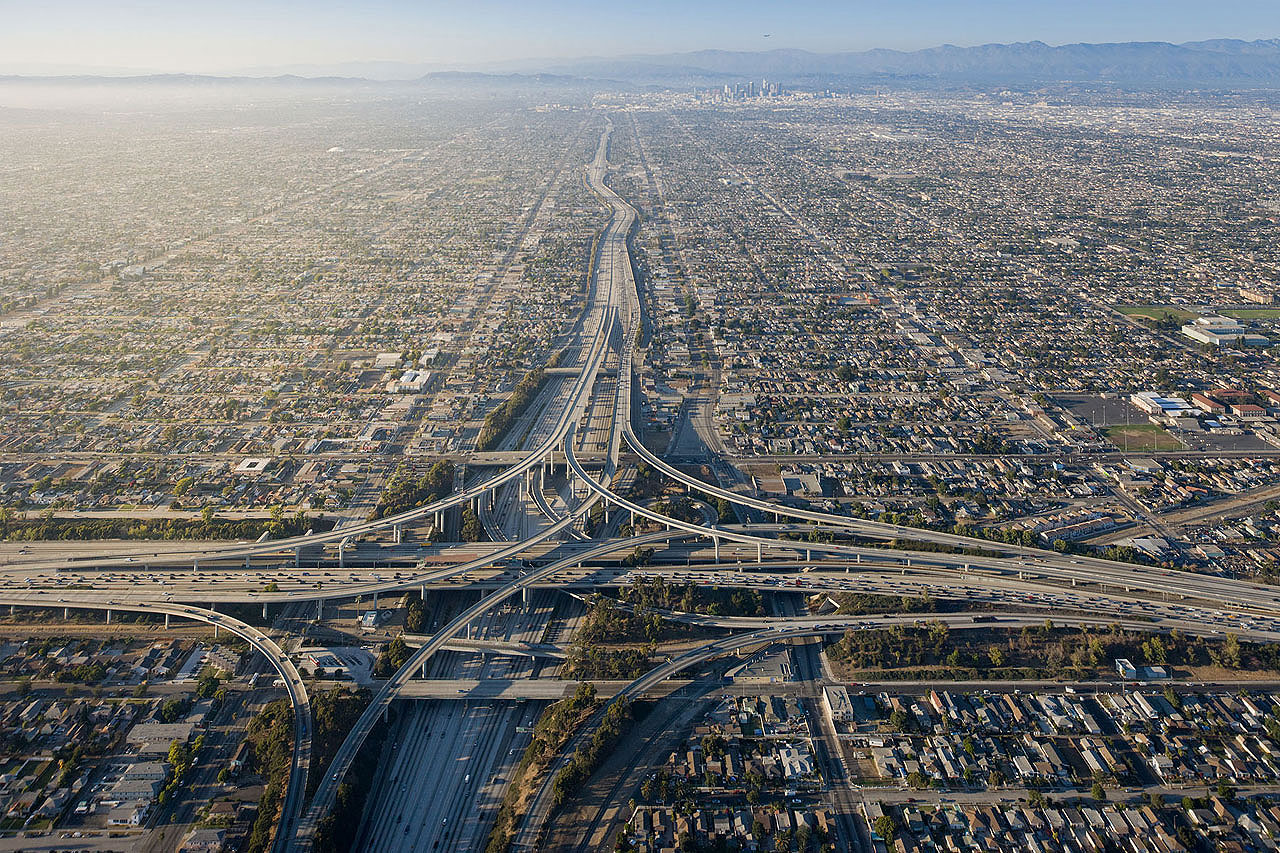FOR THE 2028 OLYMPICS,
WHAT'S THE REAL LA?
Cut the palm trees and Hollywood sign. For the 2028 Olympics, what’s the real L.A.?
By Thomas Curwen
Los Angeles is well-versed in deception. Bring water to the desert, and everything will turn green. Build miles of freeway, and no place will be out of reach. Promise a dream, and the city will grow.
So when Tom Cruise dropped from the sky this summer, landing next to the Hollywood sign, and when a skateboarder coasted down the Venice boardwalk, ending up in Long Beach, few cried foul. In the name of entertainment, all’s fair (doubly so for the sake of promotion, as in this case: Paris handing off the Olympics to Los Angeles).
But when the cameras went dark, some were left wondering why the truth is so hard to bear.
Los Angeles is a congested city on the verge of drought. Opportunity is scattershot and dreams hard to realize. Yet here, millions have found a way to live with one another — sometimes in harmony, sometimes in discord — creating a polyglot mosaic of communities that mirror the nations of the world.
If Paris could tackle its dark history — revolution, beheadings, barricades — and still celebrate its beauty, then the city that invented noir should be up to the challenge when its turn comes to play Olympic host.
From Tovaangar to today, Los Angeles has straddled the line deftly between utopia and dystopia, boosterism and nihilism, hope and resignation. While the past cannot be forgotten — nor the tragedies experienced over the decades — the city’s cultural vitality remains a critical through line.
Not long after the Watts riots, Ed Ruscha burned a gas station on canvas. Just as a Compton mayor got out of prison for corruption, Kendrick Lamar rapped about a Mad City. A year into the shutdowns of the pandemic, Los Lobos took to an empty hilltop in Lincoln Heights to record a video for its ballad to the city: “I dream about the day you’ll take me back / I’m your native son.”
Today, Los Angeles is under a state of emergency over homelessness. Copper thieves have left some streets dark. Smash-and-grab mobs plunder department stores. Yet still the old myths hold sway.
Perhaps the palm trees and the Hollywood sign have led to a state of arrested development, as architect Michael Maltzan suggests. Perhaps we need to cut them down to reveal the Los Angeles the world should see when the Olympics arrive in 2028.
Before we do anything rash, The Times asked 11 public intellectuals — poets, historians, urbanists and artists — to talk about the real city of today, a city more tethered to reality, and a reality more worthy of being celebrated, than is popularly accepted.
The time has come, they argue, for a clear-eyed reckoning — minus the cliches of the past — of what Los Angeles is, especially in the third decade of the 21st century.
Michael Maltzan
The 2028 Olympics give us a chance to answer questions about our civic life, much as they did in 1932 when they put L.A. on the map and made buildings like the Coliseum the civic and cultural icons they are today, and as they did in 1984, when they took a new and more inclusive, democratic approach to the design of the Games, threading the city together so that you felt their presence no matter where you went.
I think we should similarly see the ’28 Olympics as a once-in-a-generation opportunity to address the issues that define us today — especially the challenges we’re facing like housing, transportation, sustainability — and create a more cohesive identity, not just for the world to see but, even more importantly, for us as well.
I was disappointed with the handoff — from Paris to L.A. — that we saw during this year’s closing ceremonies. The beach, the ocean, the lifeguard stations — fantasy keeps us from understanding our potential.

